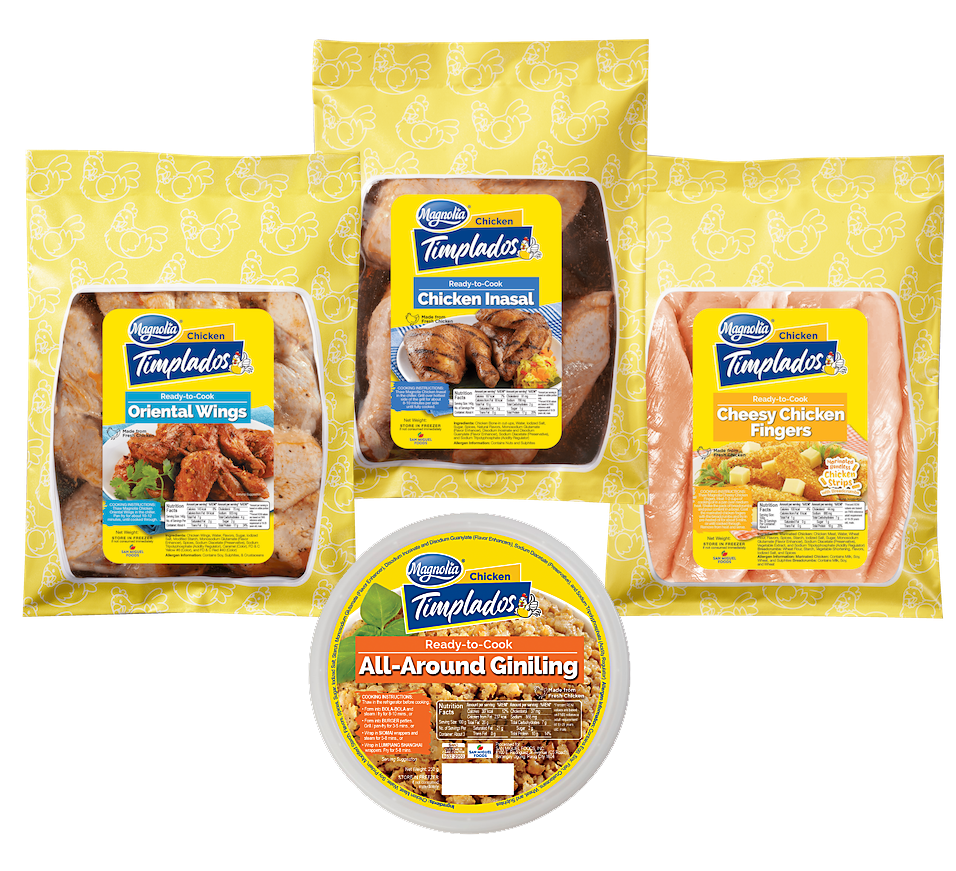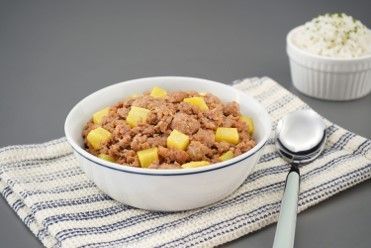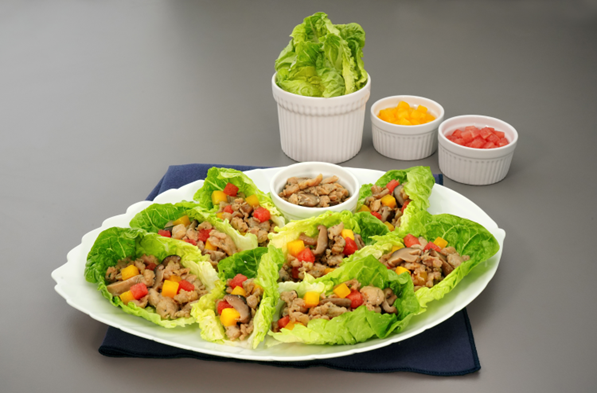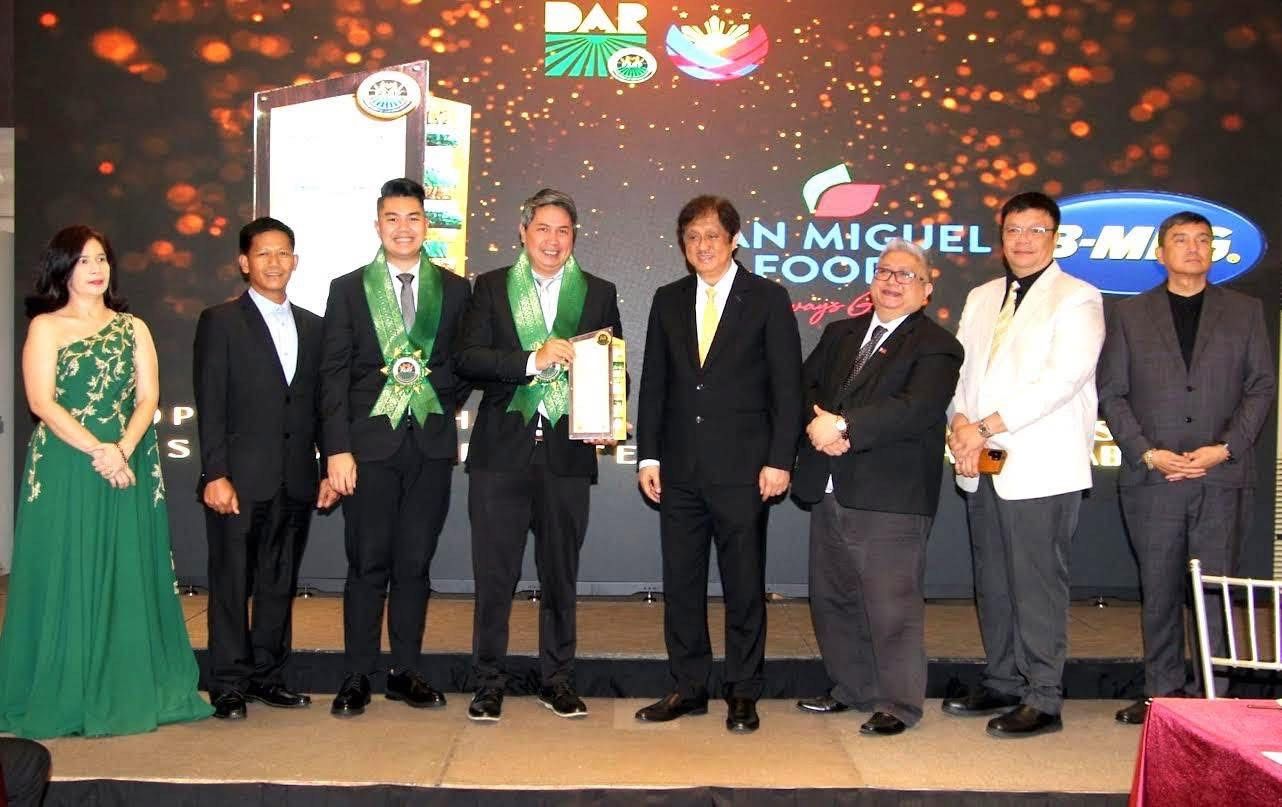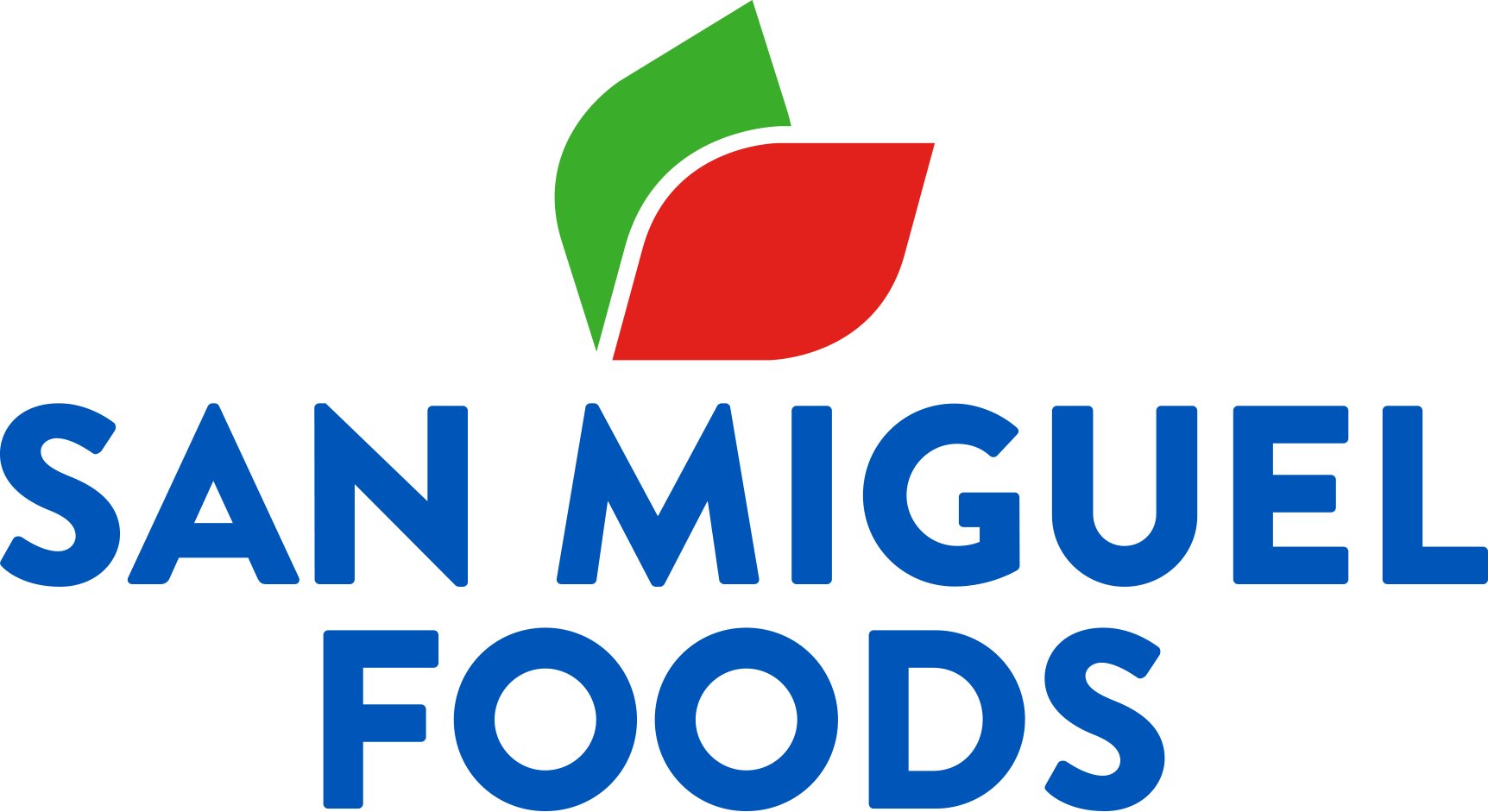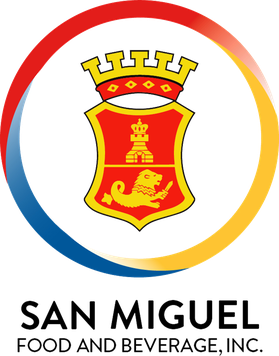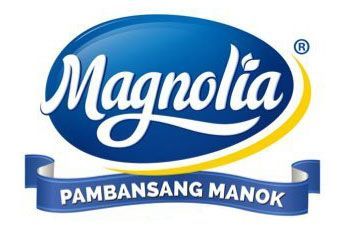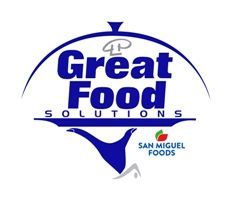A Balanced Plate: Embracing Both Natural And Processed Foods For Better Nutrition
In today’s fast-paced world, food choices are shaped by convenience, accessibility, and evolving lifestyles. While natural foods often take center stage in nutrition conversations, processed foods have become indispensable in meeting modern dietary needs. Instead of drawing a hard line between the two, there is an opportunity to adopt a more inclusive approach. One that combines both to support a healthy, balanced, and sustainable diet.
Natural Foods: the nutritional foundation
Whole or natural foods—such as fresh fruits, vegetables, whole grains, legumes, and seafood—are rich in essential nutrients, fiber, and antioxidants. They help prevent chronic disease, support digestion, and provide lasting energy. Choosing fresh, minimally processed foods, when possible, not only benefits personal health but also contributes to more sustainable food systems.
However, access to natural foods isn’t always equitable. In many urban and low-income areas, affordability and availability present real challenges. This is where processed foods can complement the diet and play a positive role.
Processed Foods: practical, nutritious, and ever evolving
Processed foods - foods that undergo processing techniques like freezing, drying, advanced packaging, and preservation methods - are foods created with the intent of enhancing food safety, extending shelf life, and improving accessibility. Today, many processed products are designed to be nutritious and convenient, helping individuals meet dietary needs without compromising quality.
Fortified cereals, shelf-stable vegetables, low-sodium canned proteins, and ready-to-eat meals are some examples of processed foods that can offer practical solutions for busy lifestyles. When selected thoughtfully, these products support public health goals and align with dietary frameworks. The focus should be on nutritional quality, not simply the degree of processing.
Redefining balance in today’s diet
Healthy eating isn’t about strict rules, it’s about balance, variety, and making informed choices. That includes building meals around fresh, whole ingredients, choosing nutrient-dense processed foods, enjoying convenience foods mindfully and in the right portions, and maximizing nutrition labels to guide better decisions.
In the Philippines, the Pinggang Pinoy model—developed by the Food and Nutrition Research Institute (FNRI)—provides a practical and visual guide for healthy eating. It recommends filling half of the plate with vegetables and fruit, one-fourth with rice or other carbohydrate sources, and the remaining quarter with protein-rich foods such as fish, meat, eggs, or legumes. Complemented by adequate hydration and regular physical activity, Pinggang Pinoy promotes wellness at both individual and community levels, including in workplace nutrition programs.
A Shared Responsibility
Improving nutrition is a collective effort. Consumers need to stay informed and make proactive choices, while health professionals and educators must advocate for inclusive and practical nutrition guidance. At the same time, the food industry must innovate healthier, more affordable, and accessible products. Together, we can reinforce national nutrition goals and models by embracing a more integrated view of what makes a healthy diet.
Natural and processed foods are not opposing forces; they are complementary components of a modern, balanced diet. By making thoughtful, informed choices and promoting nutritional inclusivity, we pave the way for a healthier, more sustainable future—one balanced plate at a time.


